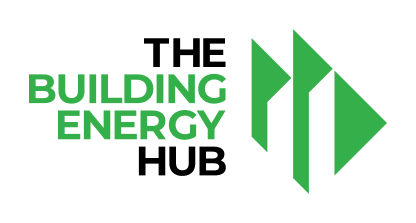Decarbonization Planning Guide
Develop Your Decarbonization Plan
Energy Efficiency Measures
The first step to decarbonization is energy efficiency.
The first step to decarbonization is addressing basic energy efficiency measures and areas of deferred maintenance. These energy efficiency measures usually have a payback of under five years and are supported with utility program incentives. Energy efficiency measures reduce peak demand on HVAC systems, allowing for smaller electrical service sizes and reducing the amount of power needed from PV arrays. Additionally, most energy efficient improvements are low-risk, timely, and cost-effective, making them an ideal starting point for businesses looking to decarbonize.
- Examples of efficiency measures include:
- Replacing lighting systems with LEDs
- Implementing lighting controls
- Installing electric ENERGY STAR appliances
- Retro-commissioning
- Integrating smart building controls
- Upgrading building envelope
- Managing plug loads
Key Efficiency Questions
Ask yourself these questions to determine the most important, highest value actions you can take to improve your building’s energy efficiency.
- How am I currently tracking my building’s energy performance?
- Is my building performing as it should? When was the last time I’ve had my building retro-commissioned?
- Are there low- to no-cost measures that I could incorporate to reduce my utility bills, improve operations, and ready my building for decarbonization?
- What are the top areas to prioritize when it comes to efficiency? What are my return-on-investment requirements to support decision-making?
- How can I ensure my efficiency upgrade decisions today will support my long-term decarbonization plans?
Future proofing considerations
As a decision maker, you should consider energy efficiency upgrades in the context of your decarbonization plan. For example, swapping out lights for LEDs offers immediate benefits, but using LED lights with integrated sensors and a controls system allows future load shifting and shedding capabilities. Equipment with controllability can reduce grid impacts and operational costs from electrification.
Additionally, adding demand control ventilation (DCV) to your building now will save money in spaces with variable occupancy later. However, if your decarbonization plan replaces all HVAC equipment in five years, adding a DCV might not be worth the investment.
Refer to the Energy Efficiency Checklist for more information about energy efficiency measures.
- Utility and government programs offer incentives that help make efficiency improvement more affordable and provide faster paybacks. Check with your electrical and gas utilities to see what programs are available for you. Here are some Illinois utility programs that you can refer to:
- AmerenIllinois Energy Efficiency Program
- ComEd Energy Efficiency Program
- Nicor Ways to Save
- People’s Gas Energy Efficiency


